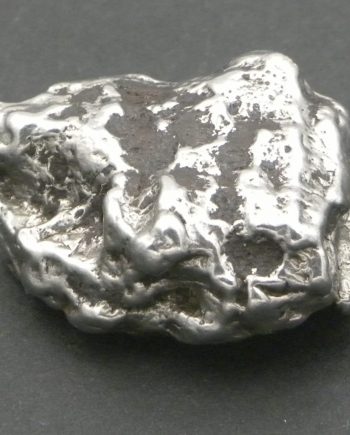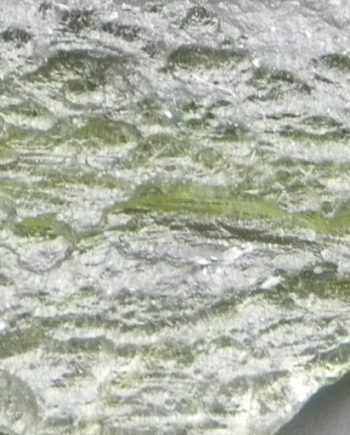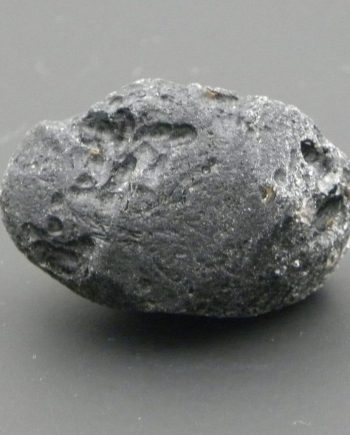Description
Large 46gm Chondrite Meteorite
This is a large 46gm Chondrite Meteorite NWA869, from the Sahara Desert, in Tindouf Province, Algeria. This piece displays an excellent example of the fusion crust. This is where the outer surfaces of the meteor fragment melts on entering the earths atmosphere. The fusion crust contains a combination of molten iron oxides and olivine etc. This gives the Meteorite fragment an almost ‘waxy’, ‘glassy’, appearance. The fusion crust however can become weathered over time. This is due to its exposure to the elements.
Chondrite Meteorites get their name from chondrules, these are the small round particles of silicate material inside. These are some of the oldest known rocks in the solar system. They were formed within the solar nebular around 4.5 billion years ago. New meteorites once discovered are given a name, and identity. This one is part of Meteorite ‘NWA869’ with a weight of between 2 and 4 tons. It broke up as it entered the earths atmosphere and then scattered over a wide area. This was at some time during the last 10,000 years.
There are three principle types of meteorite, they are, the Chondrites, the Achondrites, and the Iron meteorites.
Achondrites differ from chondrite meteorites because they don’t contain chondrules. These are also ancient rocks originating from various asteroids. A small number however appear to have come from the Moon and also from the planet Mars.
Iron Meteorites represent only 5% of all meteorites that are found. These are made of iron-nickel alloys, including Kamacite and taenite. Rarer still are the stony-iron meteorites, these are made up of iron-nickel metal and silicate minerals. These however make up only 1% of all meteorites found.
Back To Meteorites









